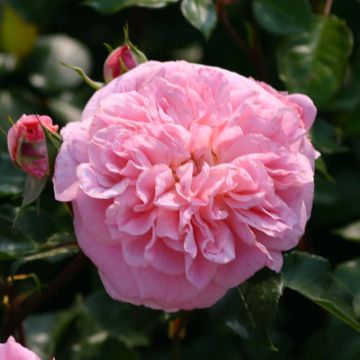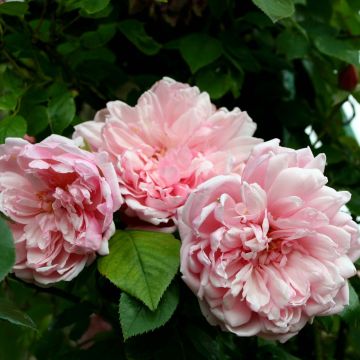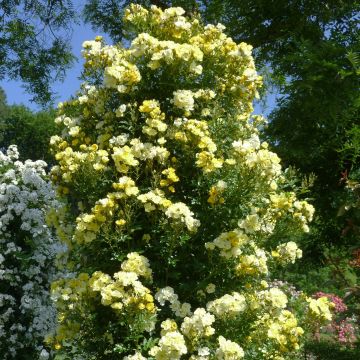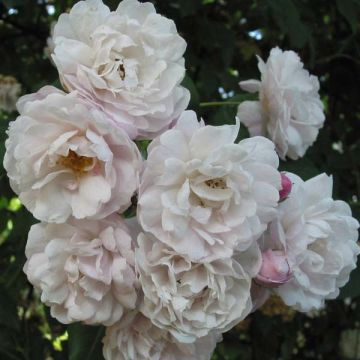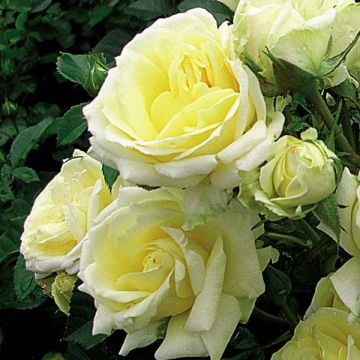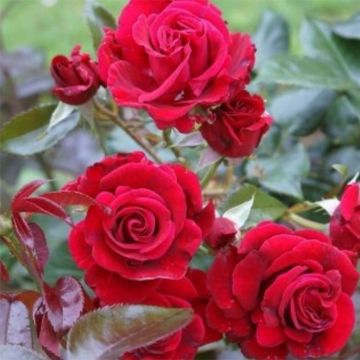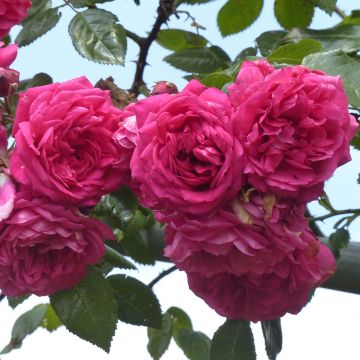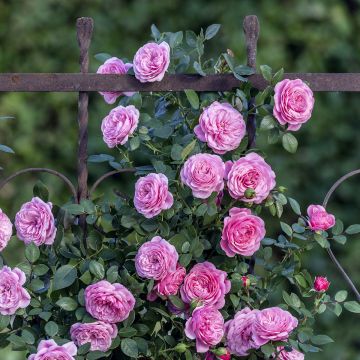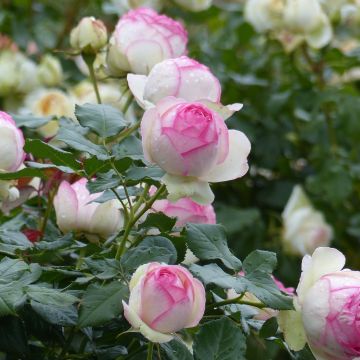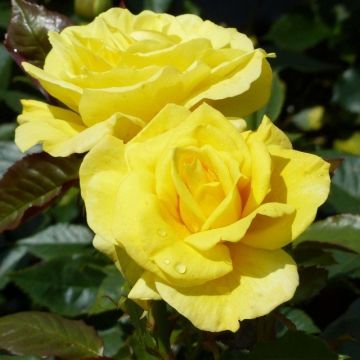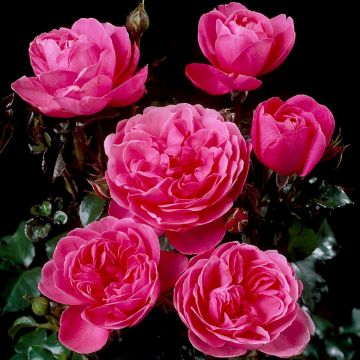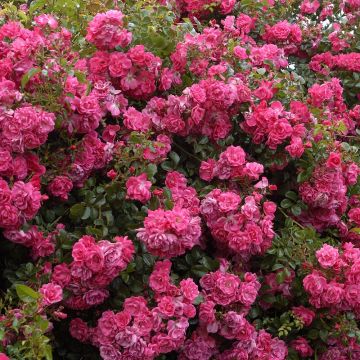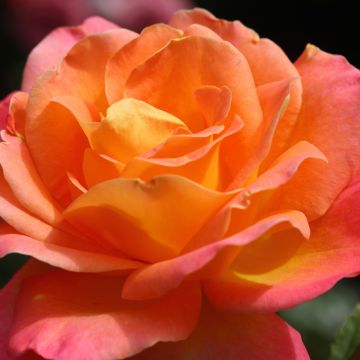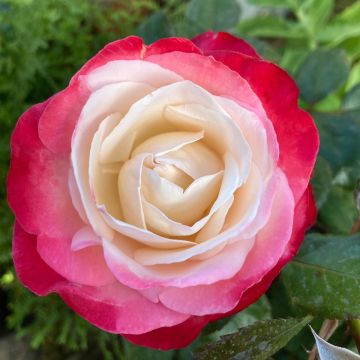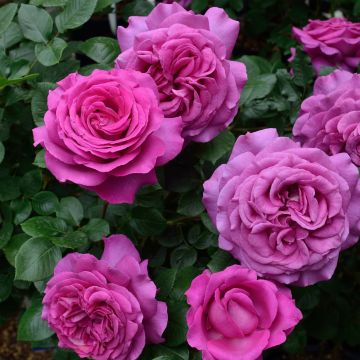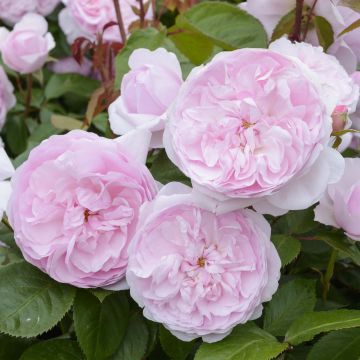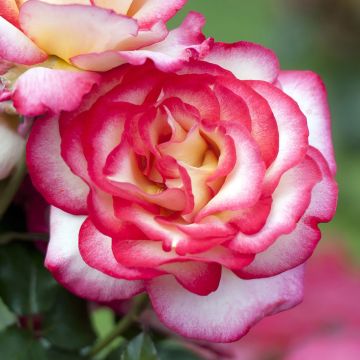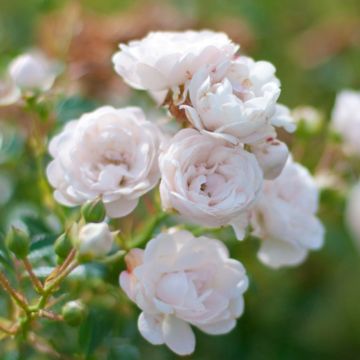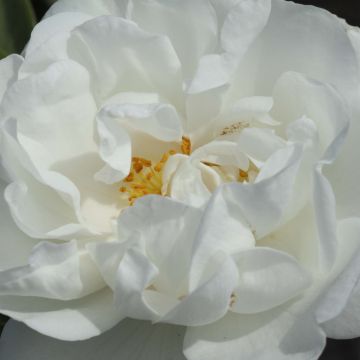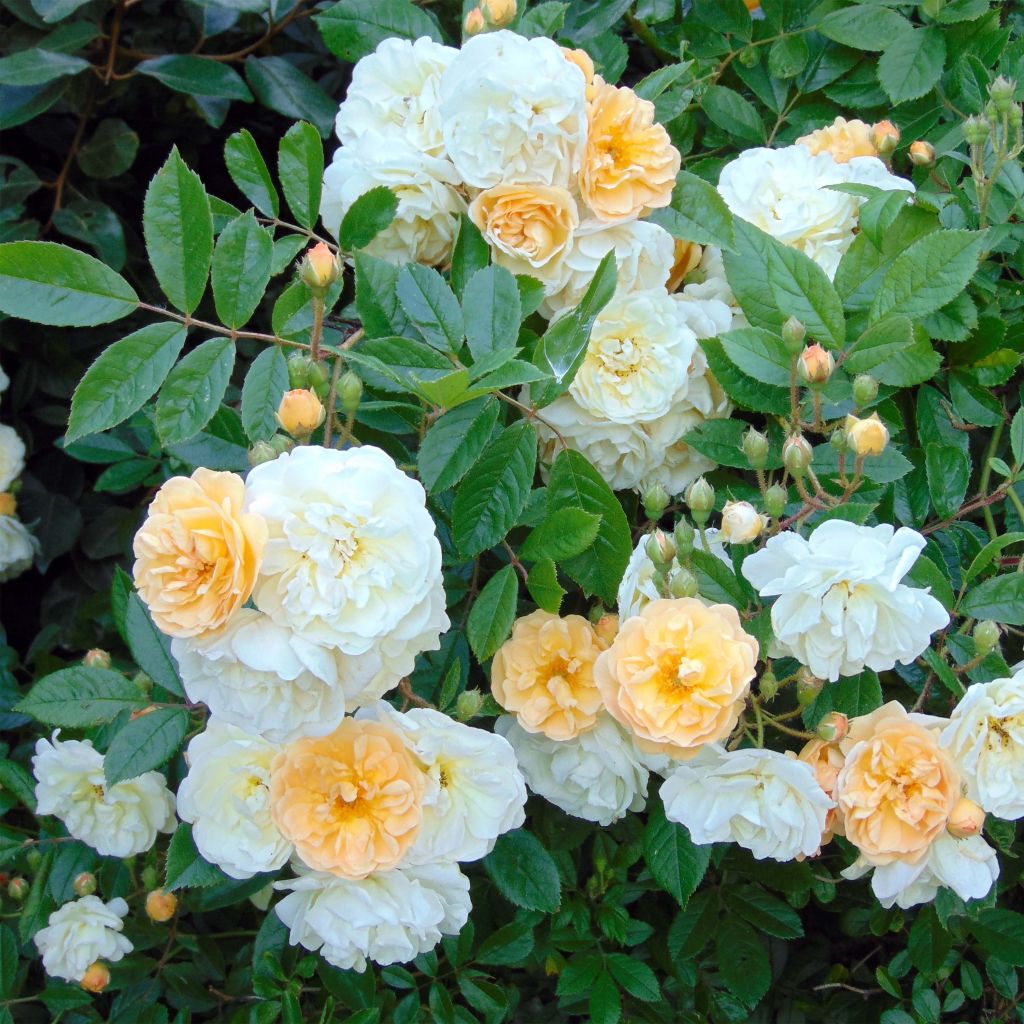

Rosa Ghislaine de Féligonde - Climbing Rose
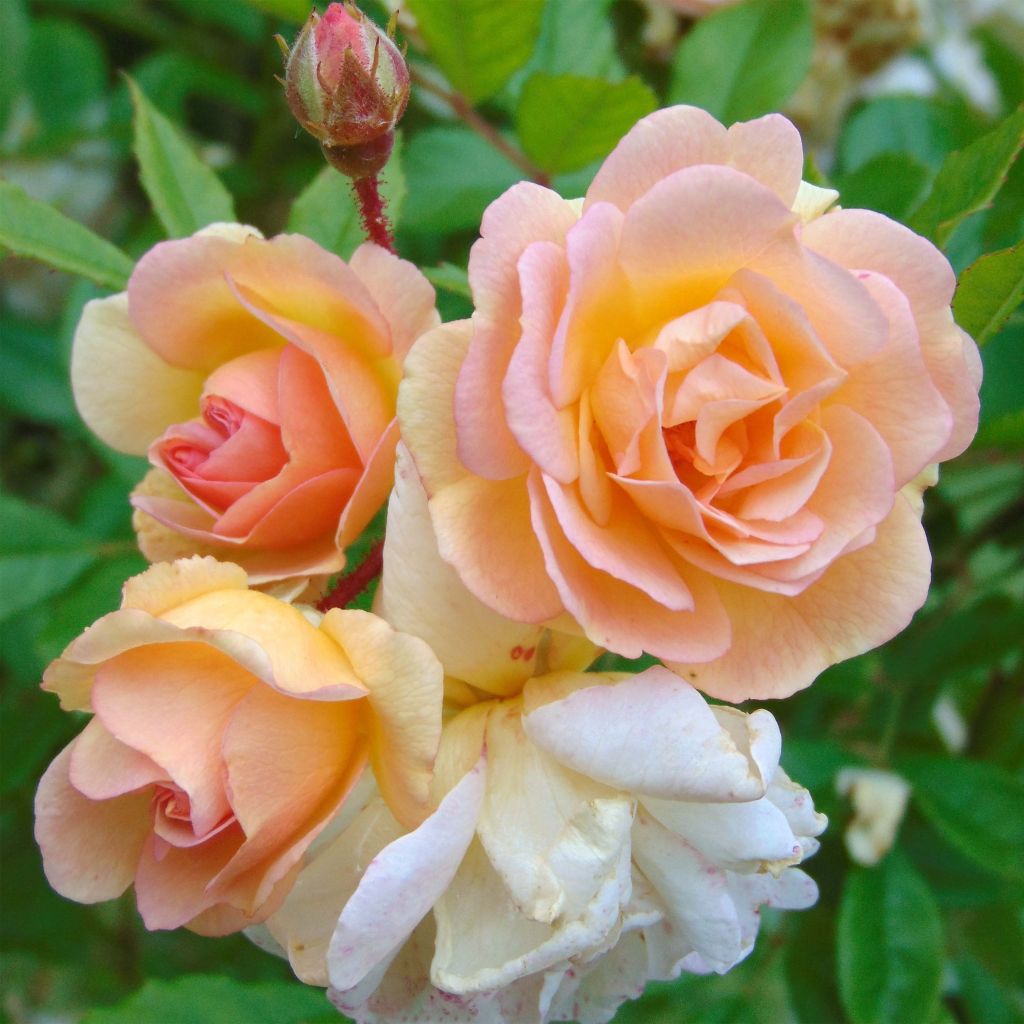

Rosa Ghislaine de Féligonde - Climbing Rose
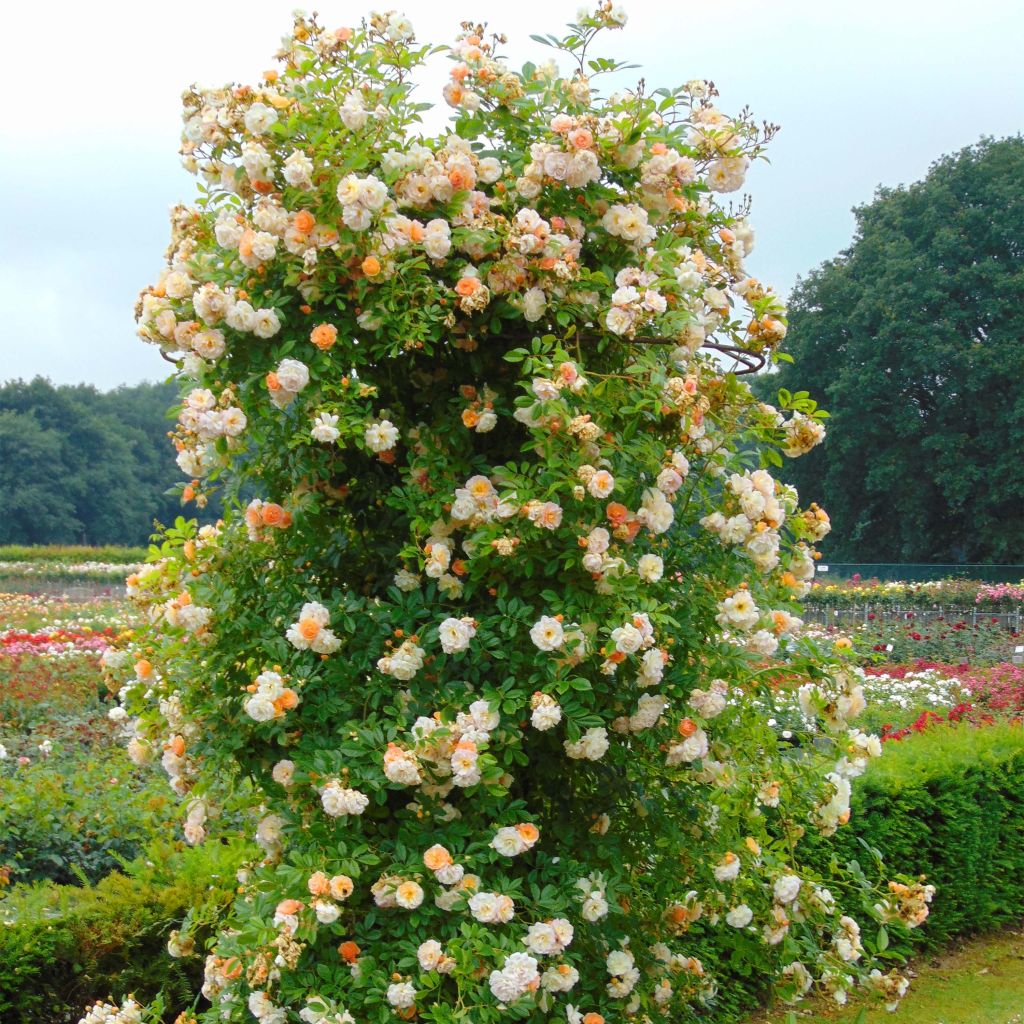

Rosa Ghislaine de Féligonde - Climbing Rose
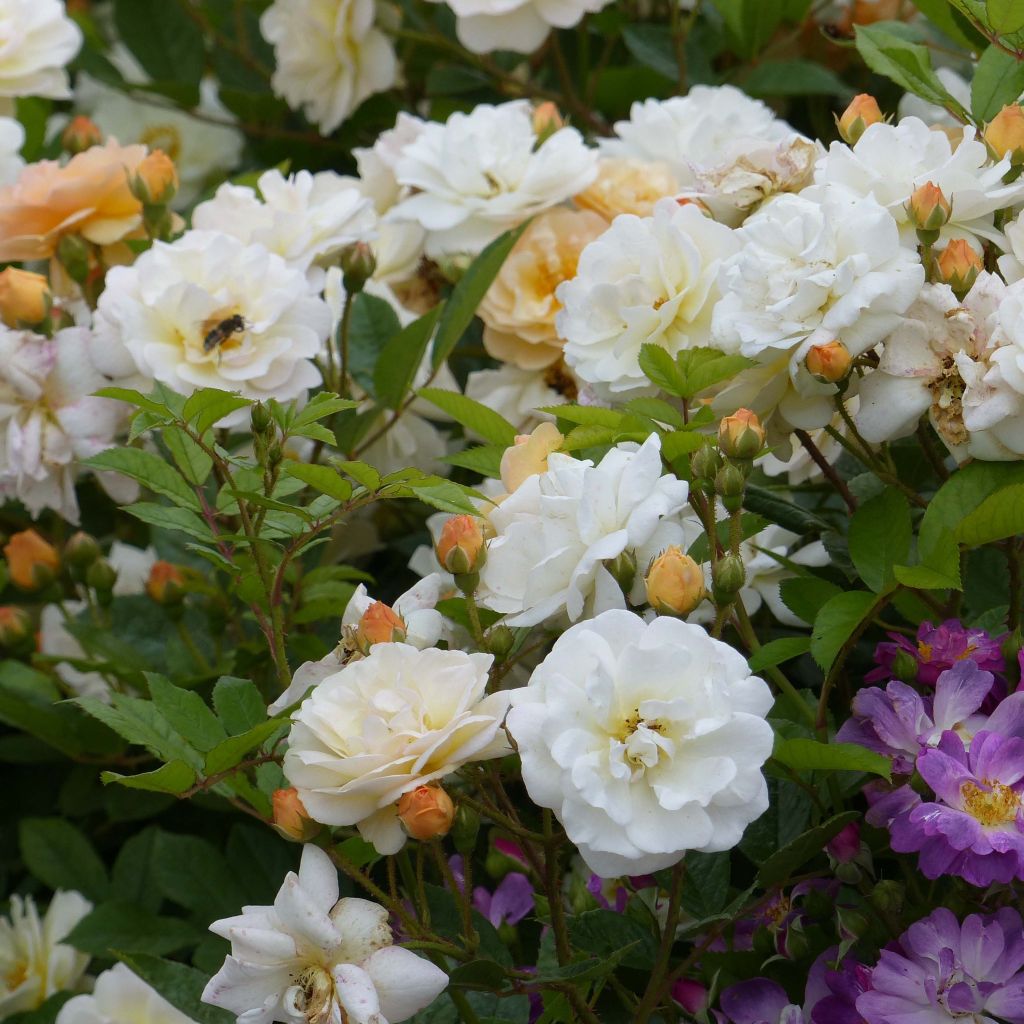

Rosa Ghislaine de Féligonde - Climbing Rose
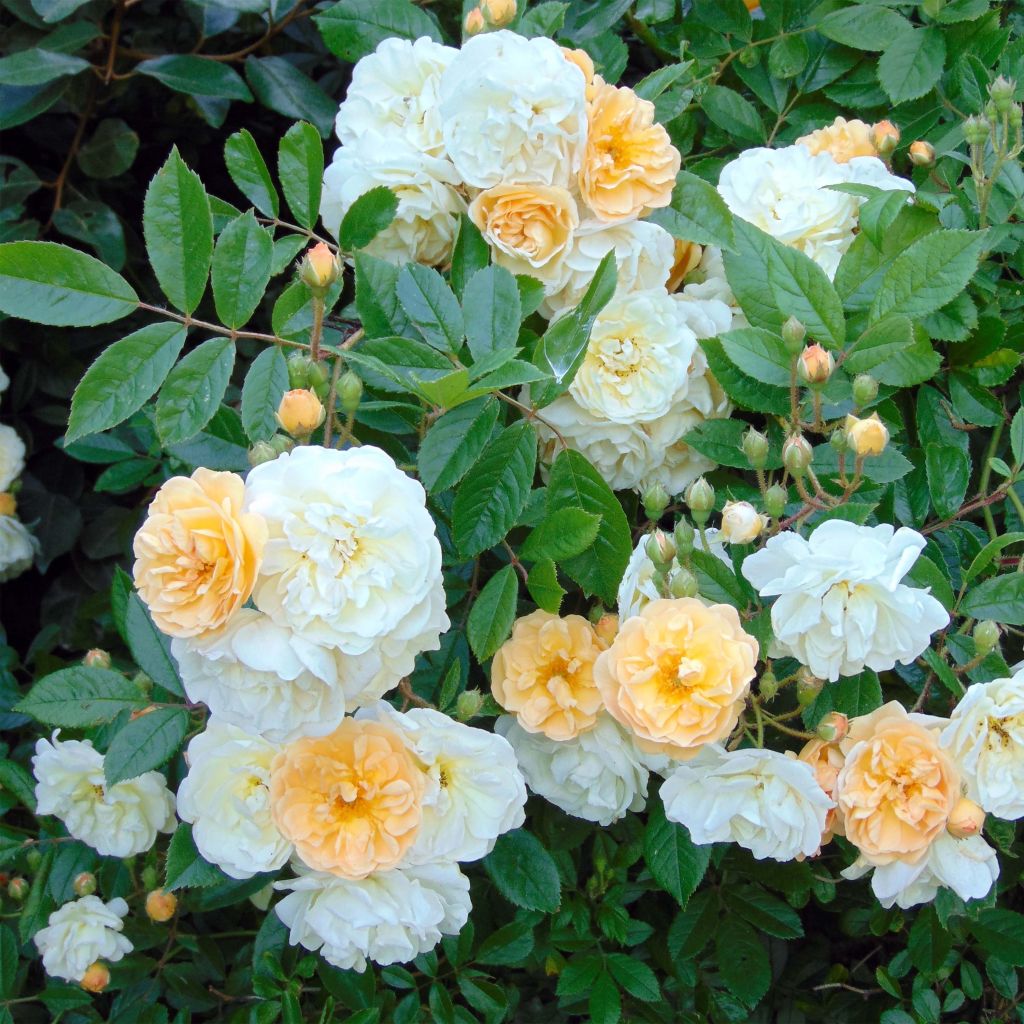

Rosa Ghislaine de Féligonde - Climbing Rose
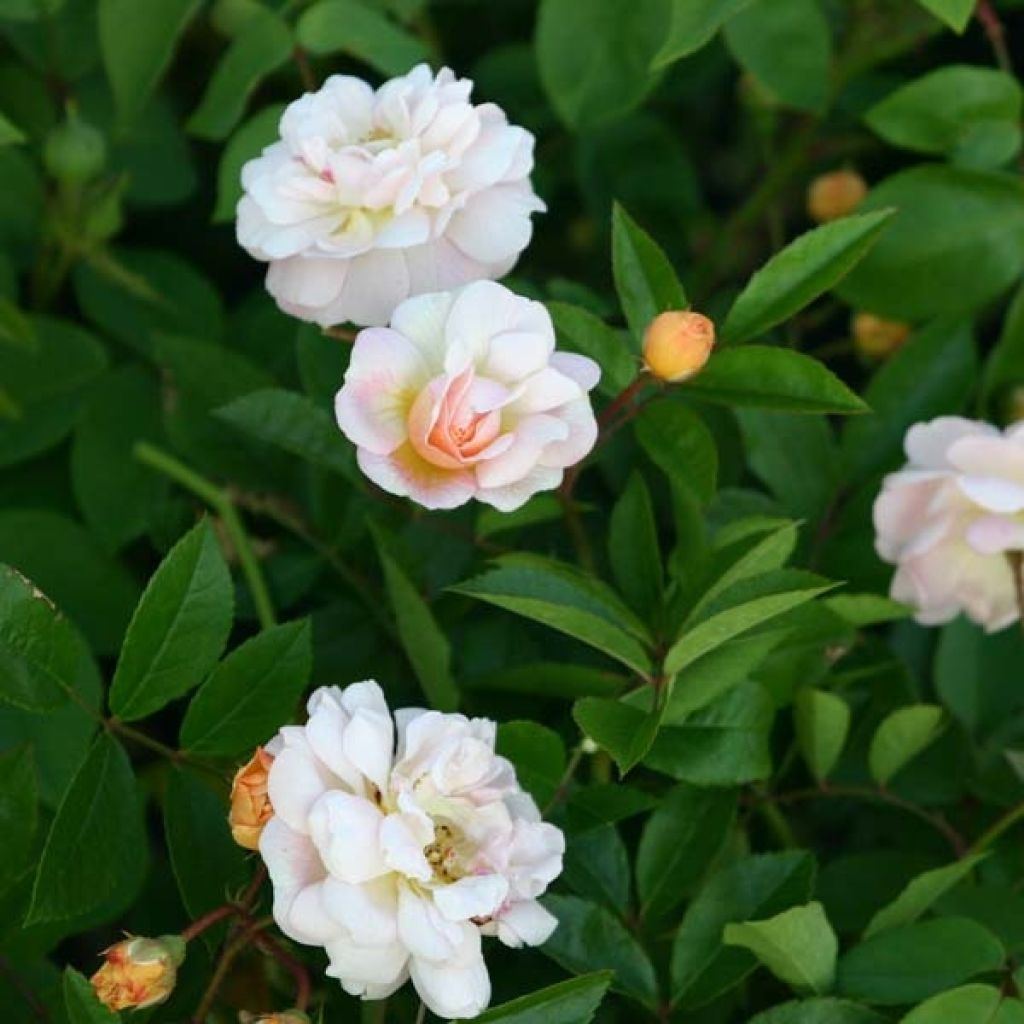

Rosa Ghislaine de Féligonde - Climbing Rose
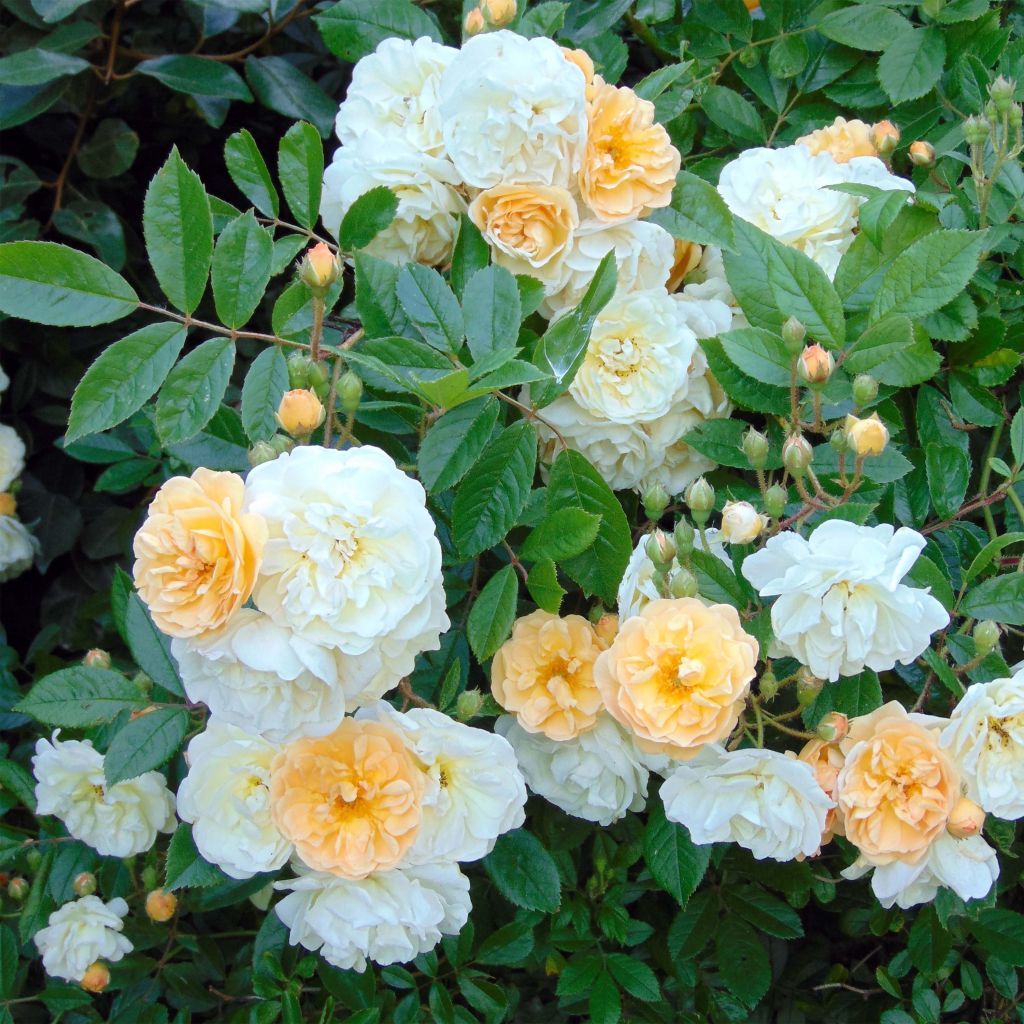

Rosa Ghislaine de Féligonde - Climbing Rose
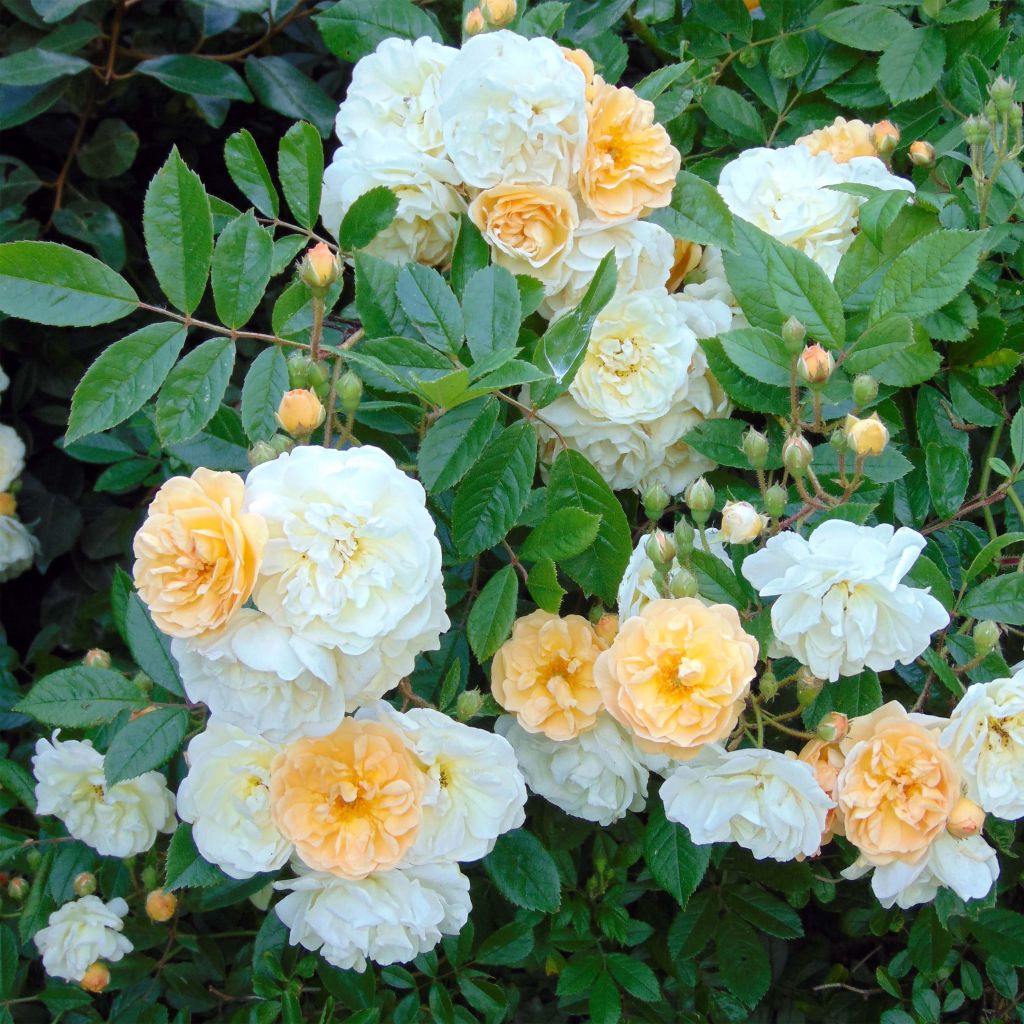

Rosa Ghislaine de Féligonde - Climbing Rose
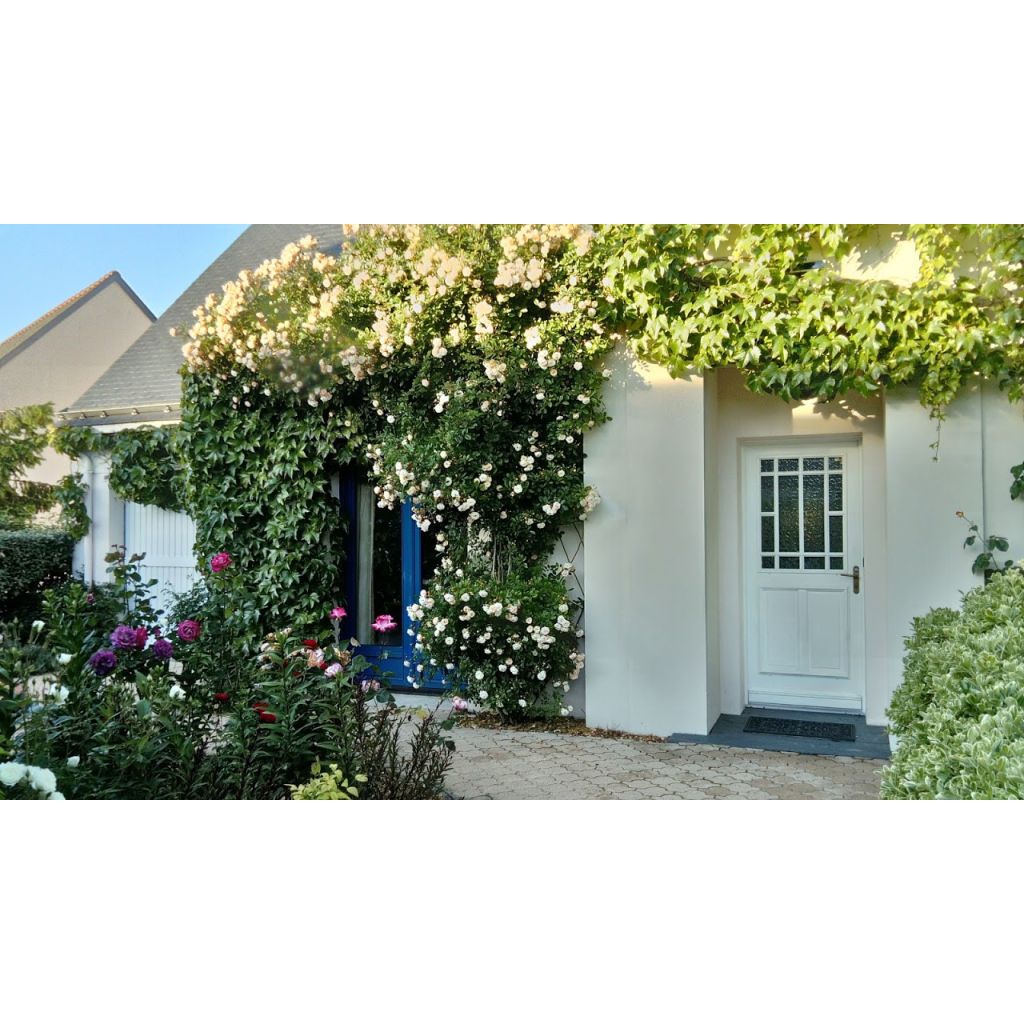

Rosa Ghislaine de Féligonde - Climbing Rose
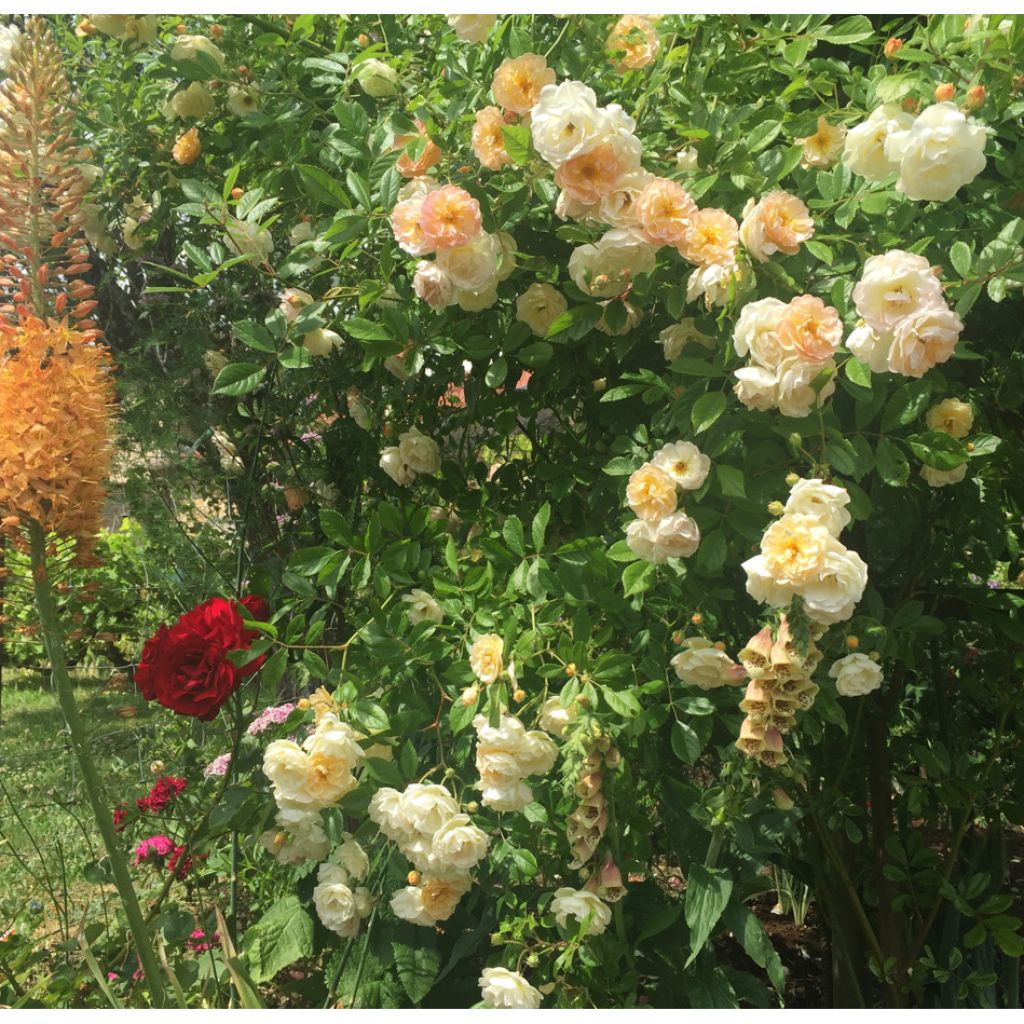

Rosa Ghislaine de Féligonde - Climbing Rose
Rosa Ghislaine de Féligonde - Climbing Rose
Rosa x multiflora Ghislaine de Féligonde
Multiflora Rose, Japanese Rose, Many-flowered Rose, Baby Rose
This item cannot be shipped to the selected country
Delivery charge from €5.90
Delivery charge from €5.90
Delivery to Corse prohibited
More information
Schedule delivery date,
and select date in basket
This plant carries a 6 months recovery warranty
More information
We guarantee the quality of our plants for a full growing cycle, and will replace at our expense any plant that fails to recover under normal climatic and planting conditions.
From €5.90 for pickup delivery and €6.90 for home delivery
Express home delivery from €8.90.
From €5.90 for pickup delivery and €6.90 for home delivery
Express home delivery from €8.90.
Delivery to Corse prohibited: UE law prohibits the import of this plant from mainland France to Corse as part of the fight against Xylella fastidiosa. Please accept our sincere apologies.
More information


Does this plant fit my garden?
Set up your Plantfit profile →
Description
The 'Ghislaine de Féligonde' Rose, obtained in 1916, is still today one of the most sought after by lovers of old roses. Climbing or bushy, its vigour is rarely lacking, even in partial shade, and its charm is unique. The singularity of this excellent hybrid of the multiflora rose is particularly expressed in the unusual and changing colour of its small, full roses, resembling pompoms. Gathered in lightly scented bouquets, they are born in a shade of ochre to apricot yellow, blush more or less orange, then fade to ivory, creating a very soft, very warm, and tenderly multicolored harmony of shades. Moderately recurrent, this slightly thorny rose displays all its splendor as a free-standing bush, revealing its natural, somewhat bohemian habit.
This large deciduous rose is an old creation by the French rose breeder Turbat. This exceptional hybrid, belonging to the Rosa (x) multiflora and Rosa (x) wichuraiana family, is derived from the climbing rose 'Goldfinch'. It naturally has a broad and flexible habit, amiably disordered. It will reach a height of 2.50m (8ft 2in) to 3m with a spread of 1 to 2m (3ft 4in to 6ft 7in), depending on the growing conditions. Its long stems are flexible, sparsely thorny, and covered with small foliage that maintains its fresh and vibrant green colour throughout the season. Its disease resistance is very good, but it seems to be somewhat sensitive to marsonia if trained against a wall that is too sunny. The flowers of this climber form abundantly in June, and again during the summer and into autumn if the soil remains moist. In warm climates, this flowering starts a little earlier, pauses in July-August, then generously resumes in September, thanks to the return of rain. Gathered in bouquets of 10 to 20, they are born on short shoots from the second year, in small pointed buds of bright pink-orange. They open into small double rosettes, 4cm (1.6in) in diameter, formed by 20 to 39 small mature apricot-yellow petals, quickly turning to cream and then ivory in warm weather. In autumn, they are more tinged with pink. They are all different, creating a beautiful multicoloured effect on the plant. Their scent, quite light, is sweet and fruity. The small fruits that delight birds in the winter are actually fleshy false fruits called hips.
'Ghislaine de Féligonde' is a vigorous yet graceful rose, blooming and carefree, endowed with the strength of tenderness. Like other large roses, such as 'Alchymist' or 'Gloire de Dijon' with which it harmonizes so well, it is incomparable for giving a slightly abandoned look to overly strict flower beds. It is an ideal companion for an old fruit tree, a small pillar, and the cabins to which it gives a crazy charm. Trained on an arch, near the terrace, it will create a poetic and gently fragrant passage. It can be paired with a clematis with large blue or pure white flowers, their autumn blooms blending perfectly. As it is easy to maintain a bushy habit, which is absolutely superb, it can be planted as a standalone or in a mixed hedge, accompanied by viburnums, mock oranges, or lilacs. Finally, it adapts well to cultivation in a large pot.
This rose is named after the daughter of a French officer who died at the end of the 1914-1918 war.
Turbat 1916 creation
Report an error about the product description
Rosa Ghislaine de Féligonde - Climbing Rose in pictures
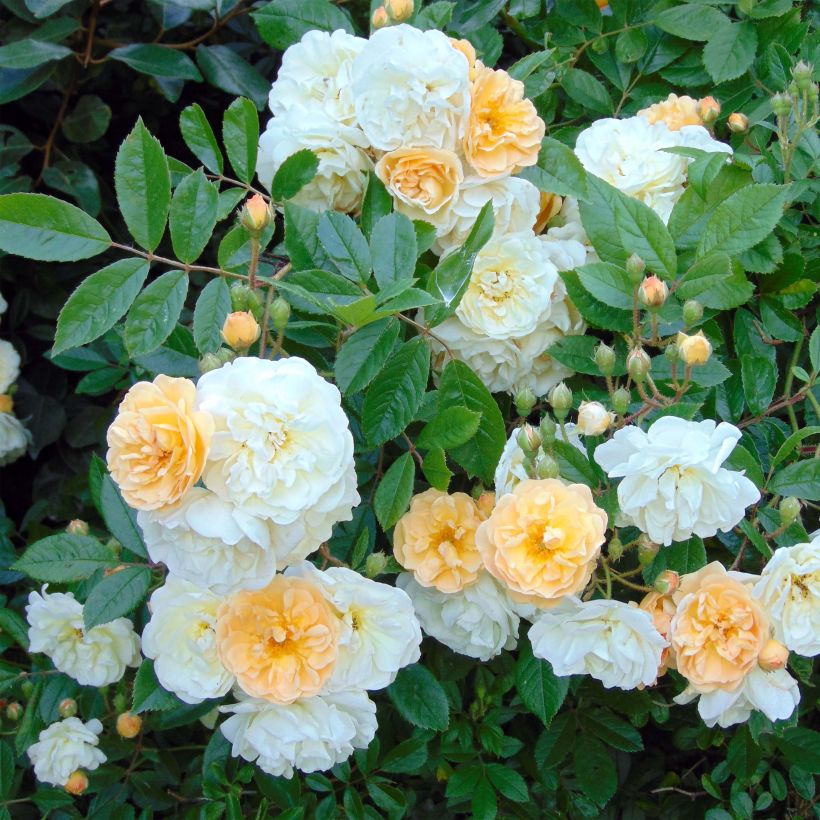

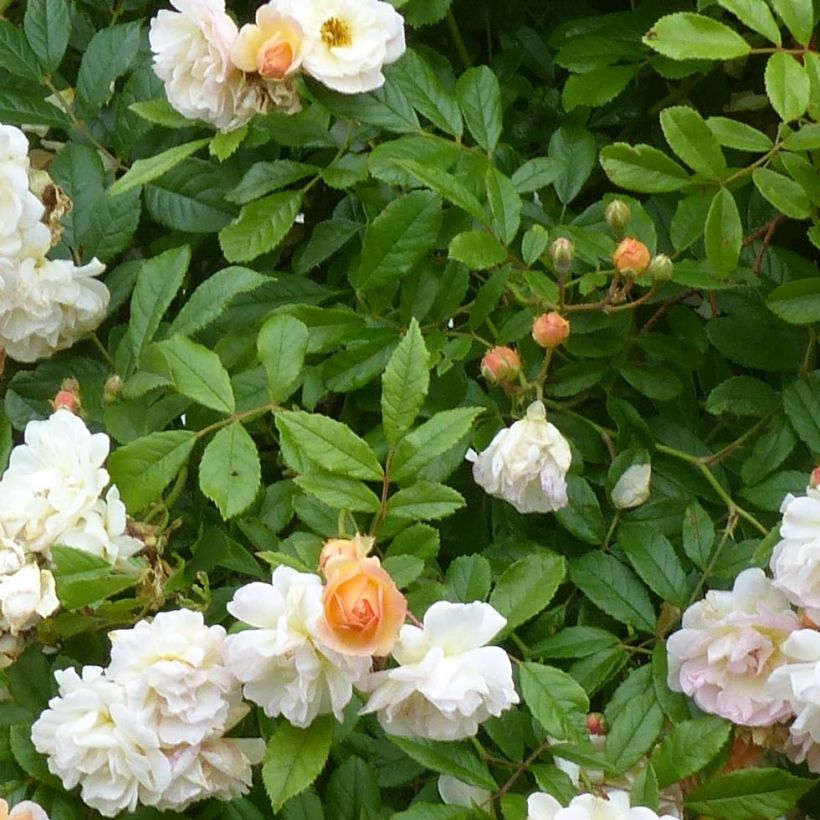

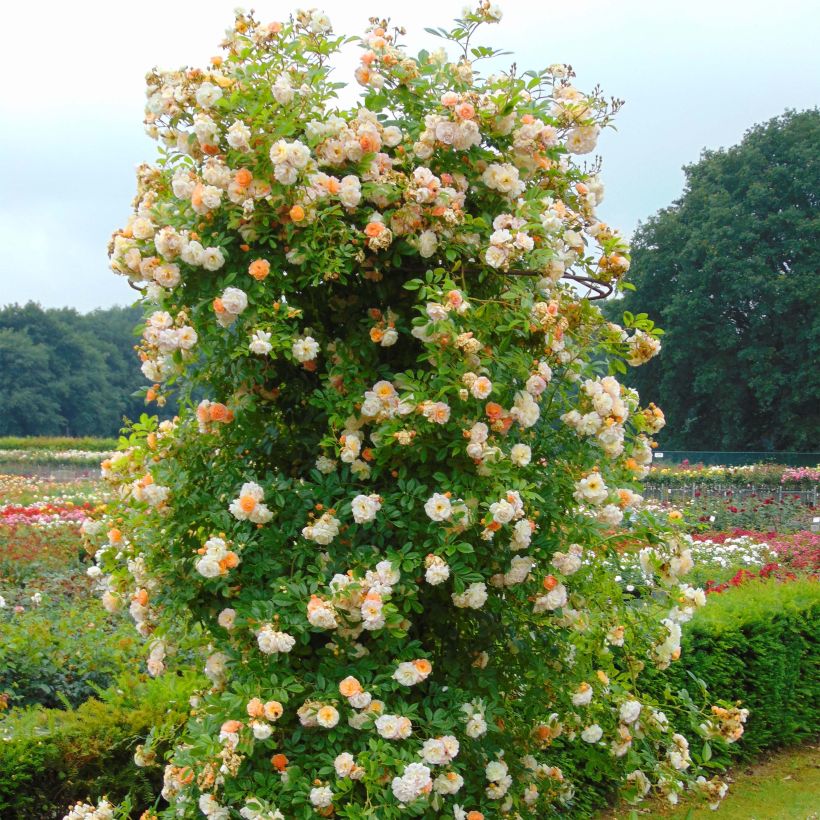

Plant habit
Flowering
Foliage
Botanical data
Rosa
x multiflora
Ghislaine de Féligonde
Rosaceae
Multiflora Rose, Japanese Rose, Many-flowered Rose, Baby Rose
Cultivar or hybrid
Other Climbing Roses
Planting and care
Unlike most roses, 'Ghislaine de Féligonde' appreciates a semi-shaded position, and even flowers in a weakly sunny exposure. Roses appreciate loose, permeable, and humus-rich soils. They prefer slightly acidic soil, but will adapt to any garden as long as the land is well worked and sufficiently rich. However, this variety can tolerate poor and dry soils in summer, where it will be less floriferous. To plant your rose in a pot, work the soil to a depth of 25cm (9.8in), crumble the soil well, and put a background amendment such as dried blood or dehydrated horn at the bottom of the planting hole. Position your plant, removed from its pot, covering the top of the root ball with 3cm (1.2in) of soil, fill in the hole and water copiously to remove air pockets. In dry weather, water regularly for a few weeks to facilitate rooting. Also, remember to provide your rose with special rose fertilizer that stimulates plant flowering.
Roses are often stained or ugly at the end of summer, but this is not a problem for their development. These stains are not dangerous for the rose, it is a natural phenomenon.
Planting period
Intended location
Care
-
, onOrder confirmed
Reply from on Promesse de fleurs
Roses by purpose
Haven't found what you were looking for?
Hardiness is the lowest winter temperature a plant can endure without suffering serious damage or even dying. However, hardiness is affected by location (a sheltered area, such as a patio), protection (winter cover) and soil type (hardiness is improved by well-drained soil).

Photo Sharing Terms & Conditions
In order to encourage gardeners to interact and share their experiences, Promesse de fleurs offers various media enabling content to be uploaded onto its Site - in particular via the ‘Photo sharing’ module.
The User agrees to refrain from:
- Posting any content that is illegal, prejudicial, insulting, racist, inciteful to hatred, revisionist, contrary to public decency, that infringes on privacy or on the privacy rights of third parties, in particular the publicity rights of persons and goods, intellectual property rights, or the right to privacy.
- Submitting content on behalf of a third party;
- Impersonate the identity of a third party and/or publish any personal information about a third party;
In general, the User undertakes to refrain from any unethical behaviour.
All Content (in particular text, comments, files, images, photos, videos, creative works, etc.), which may be subject to property or intellectual property rights, image or other private rights, shall remain the property of the User, subject to the limited rights granted by the terms of the licence granted by Promesse de fleurs as stated below. Users are at liberty to publish or not to publish such Content on the Site, notably via the ‘Photo Sharing’ facility, and accept that this Content shall be made public and freely accessible, notably on the Internet.
Users further acknowledge, undertake to have ,and guarantee that they hold all necessary rights and permissions to publish such material on the Site, in particular with regard to the legislation in force pertaining to any privacy, property, intellectual property, image, or contractual rights, or rights of any other nature. By publishing such Content on the Site, Users acknowledge accepting full liability as publishers of the Content within the meaning of the law, and grant Promesse de fleurs, free of charge, an inclusive, worldwide licence for the said Content for the entire duration of its publication, including all reproduction, representation, up/downloading, displaying, performing, transmission, and storage rights.
Users also grant permission for their name to be linked to the Content and accept that this link may not always be made available.
By engaging in posting material, Users consent to their Content becoming automatically accessible on the Internet, in particular on other sites and/or blogs and/or web pages of the Promesse de fleurs site, including in particular social pages and the Promesse de fleurs catalogue.
Users may secure the removal of entrusted content free of charge by issuing a simple request via our contact form.
The flowering period indicated on our website applies to countries and regions located in USDA zone 8 (France, the United Kingdom, Ireland, the Netherlands, etc.)
It will vary according to where you live:
- In zones 9 to 10 (Italy, Spain, Greece, etc.), flowering will occur about 2 to 4 weeks earlier.
- In zones 6 to 7 (Germany, Poland, Slovenia, and lower mountainous regions), flowering will be delayed by 2 to 3 weeks.
- In zone 5 (Central Europe, Scandinavia), blooming will be delayed by 3 to 5 weeks.
In temperate climates, pruning of spring-flowering shrubs (forsythia, spireas, etc.) should be done just after flowering.
Pruning of summer-flowering shrubs (Indian Lilac, Perovskia, etc.) can be done in winter or spring.
In cold regions as well as with frost-sensitive plants, avoid pruning too early when severe frosts may still occur.
The planting period indicated on our website applies to countries and regions located in USDA zone 8 (France, United Kingdom, Ireland, Netherlands).
It will vary according to where you live:
- In Mediterranean zones (Marseille, Madrid, Milan, etc.), autumn and winter are the best planting periods.
- In continental zones (Strasbourg, Munich, Vienna, etc.), delay planting by 2 to 3 weeks in spring and bring it forward by 2 to 4 weeks in autumn.
- In mountainous regions (the Alps, Pyrenees, Carpathians, etc.), it is best to plant in late spring (May-June) or late summer (August-September).
The harvesting period indicated on our website applies to countries and regions in USDA zone 8 (France, England, Ireland, the Netherlands).
In colder areas (Scandinavia, Poland, Austria...) fruit and vegetable harvests are likely to be delayed by 3-4 weeks.
In warmer areas (Italy, Spain, Greece, etc.), harvesting will probably take place earlier, depending on weather conditions.
The sowing periods indicated on our website apply to countries and regions within USDA Zone 8 (France, UK, Ireland, Netherlands).
In colder areas (Scandinavia, Poland, Austria...), delay any outdoor sowing by 3-4 weeks, or sow under glass.
In warmer climes (Italy, Spain, Greece, etc.), bring outdoor sowing forward by a few weeks.


































